Last Updated on January 14, 2024 by Marian Jones
The huge palace which dominates Munich’s old town is called the Residenz and it is the city’s most-visited tourist attraction. It was built for the Wittelsbach family who ruled Bavaria for over seven hundred years. Begun in 1569, the Residenz soon became the political and cultural centre of Munich, and this post tells you what to look out for on a visit and gives a little background history along the way.
The Residenz has 130 rooms (90 open to the public) and ten courtyards, so you are going to have to prioritise what you most want to see. As you go round, bear in mind that most of it had to be reconstructed after World War Two. And one part, dating from the 19th century, was not rebuilt because it had been used by the Gestapo as their headquarters. There, for example, were the rooms where the White Rose protestors, including Hans and Sophie Scholl, were interrogated before their trial in 1943. (More on that in Episode 9) Here then, are the highlights of the Residenz today.
the oldest parts of the palace
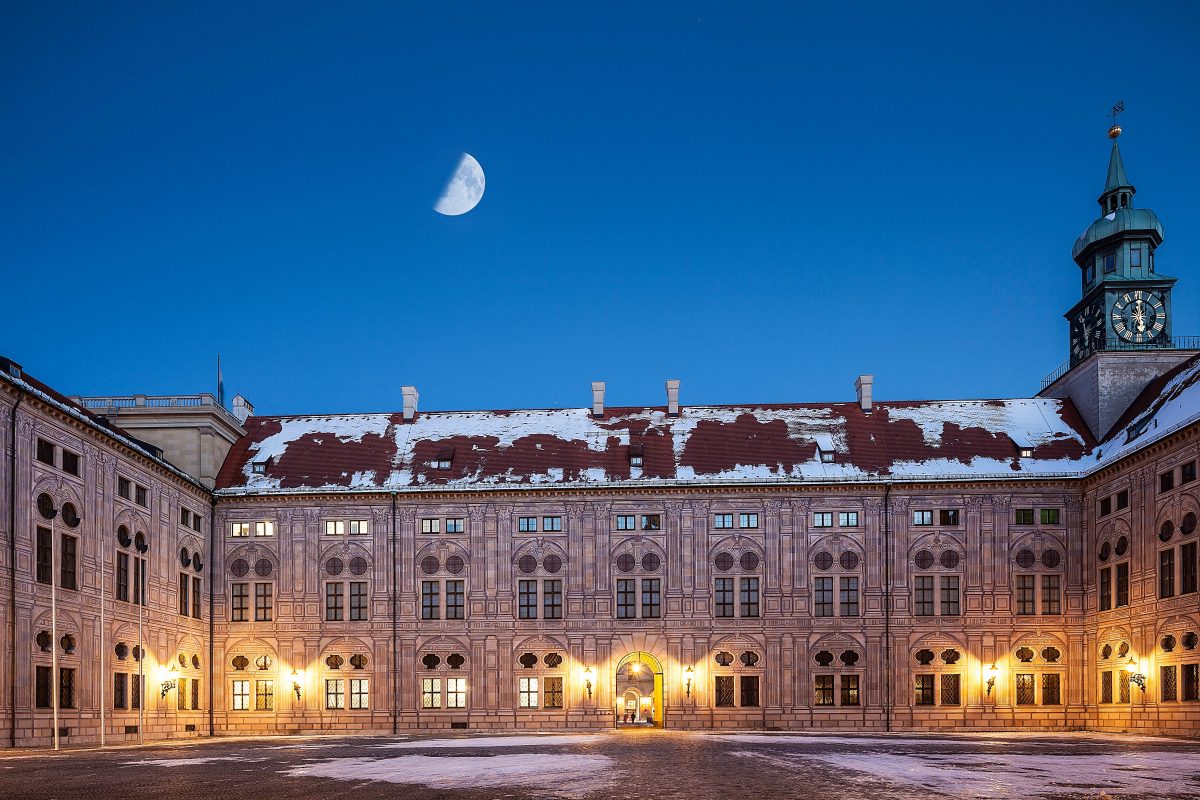
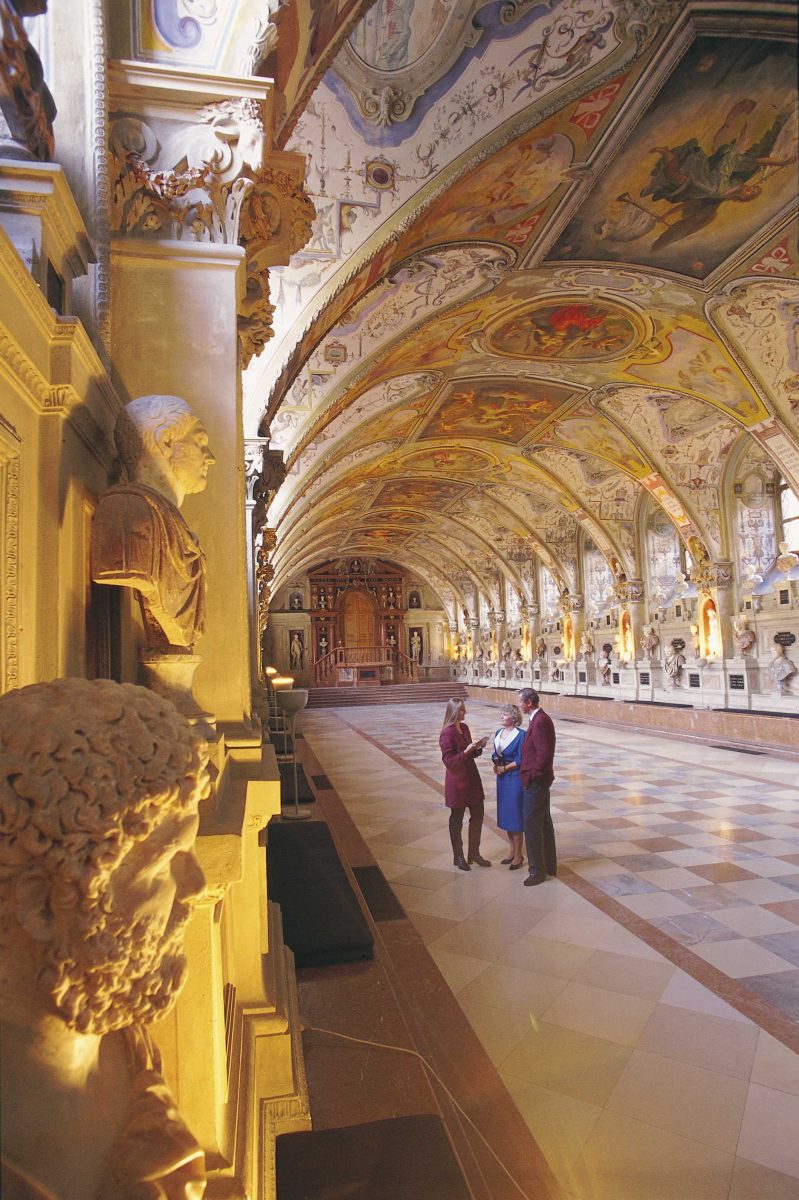
The oldest surviving part of the palace is the Antiquarium, a huge long hall (66 metres!) begun in 1570 and intended as a banqueting hall where important guests could be wined, dined and impressed. To that end it was filled with sculptures, a display of wealth that no-one could miss. It’s also decorated with images from across Bavaria, the kingdom over which the Wittelsbach family ruled.
The Grotto Courtyard (Grottenhof) is impressive, also dating from the 16th century, and designed around a ‘grotto’ which is decorated with shells and crystals and an imposing central ‘Perseus’ fountain. Again, somewhere to impress visitors and much used for balls in the 19th century. Imagine finely-attired guests strolling past the marble loggias to the sound of tinkling fountains.
royal history at the residenz
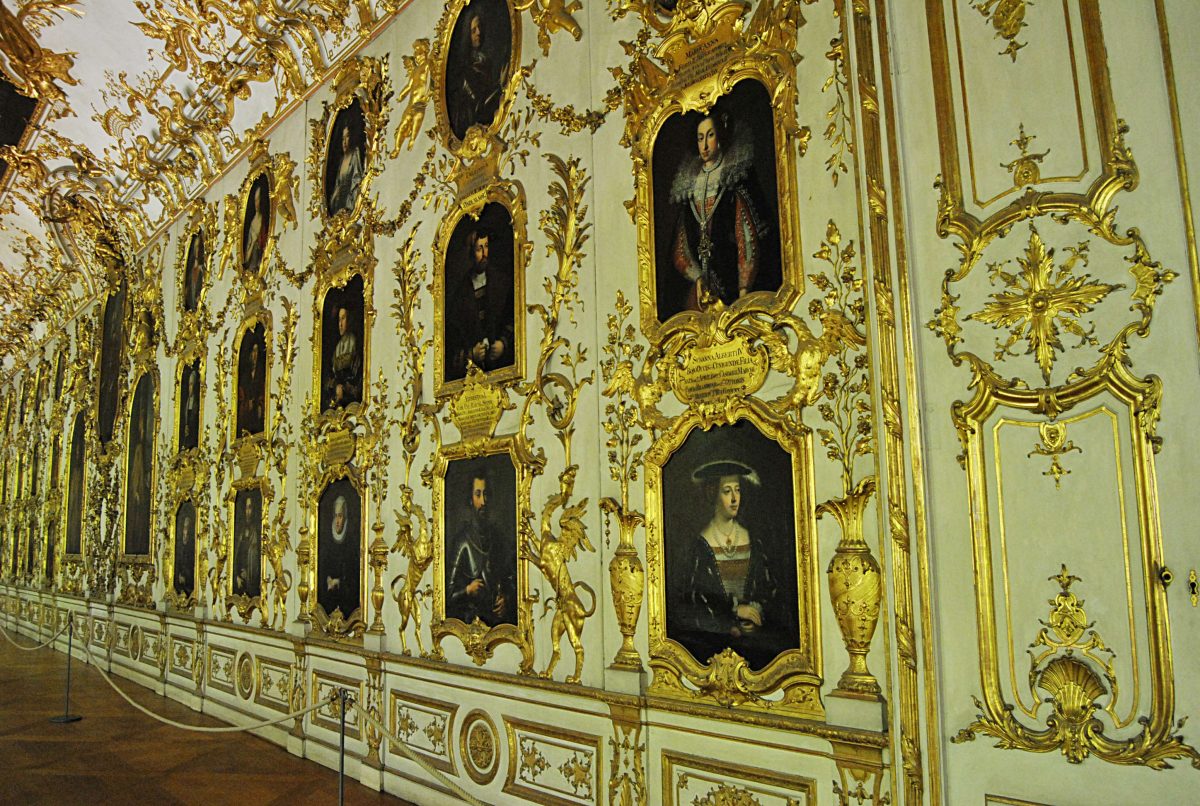

The Ancestors’ gallery (Ahnengalerie) boasts over 100 portraits of Wittelsbach rulers from across the centuries and in the Throne Room (Thronsaal) you will get more of an idea of the palace’s royal history. It’s decorated in the colours of Bavaria – pale blue silk and white stucco – with no shortage of gilded coats of arms. These Wittelsbach family heirlooms were made from melted down Turkish canons, captured at the Battle of Navarino in 1827. A powerful message.
Many a duke, elector or king held court in the Throne Room, for example Ludwig II (1864-86) who was partial to extravagant décor and very conscious of his elevated position. Greg King described in his biography of Ludwig the ‘seemingly endless lines of elegant courtiers and beautiful women parading through the room, pausing to bow or drop a curtsey before Ludwig, seated on a red velvet daïs.’
treasures at the residenz
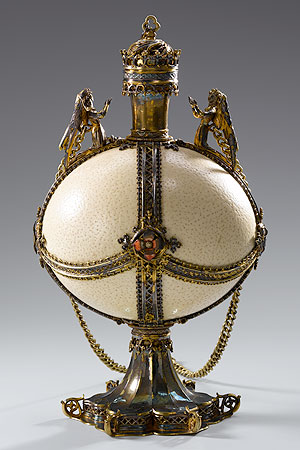
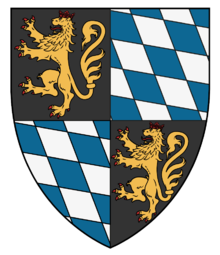

The Treasure Room (Schatzkammer), is actually a suite of ten rooms, which are full of the treasures collected over the centuries. The one-time Bavarian Crown is there, and so are such eccentricities as a set of golden toothpicks and an eggcup especially designed for ostrich eggs. Here, you are surrounded by opulence: think lapis lazuli, crystal coral, amber …..
In addition, there are 6 more Rich Rooms (Reiche Zimmer), also crammed with overspill, and another five, known as the Nibelung Halls (Nibelungsäle) which are given over to wall paintings from the epic medieval poem, the Nibelung. It’s the medieval account of Siegfried and Brunhilde who are caught up in tales of love and tragedy, the story which so inspired Wagner. All very grand.
Perhaps the greatest treasure is the Cuvilliés Theatre, a little jewel of rococo finery built in the 1750s so that royalty and their guests could enjoy performances such as Mozart’s opera Idomeneo, which premiered here. The four layers of loggias were carefully designed to be in keeping with the status of the audience: the best only for royalty, then one for aristocrats, followed by two more for court officials and ‘lesser nobility’. The theatre was destroyed in World War Two, but the interior had been dismantled and safely stored, so the fittings you see there today are the 18th century originals.
the wittelsbach dynasty
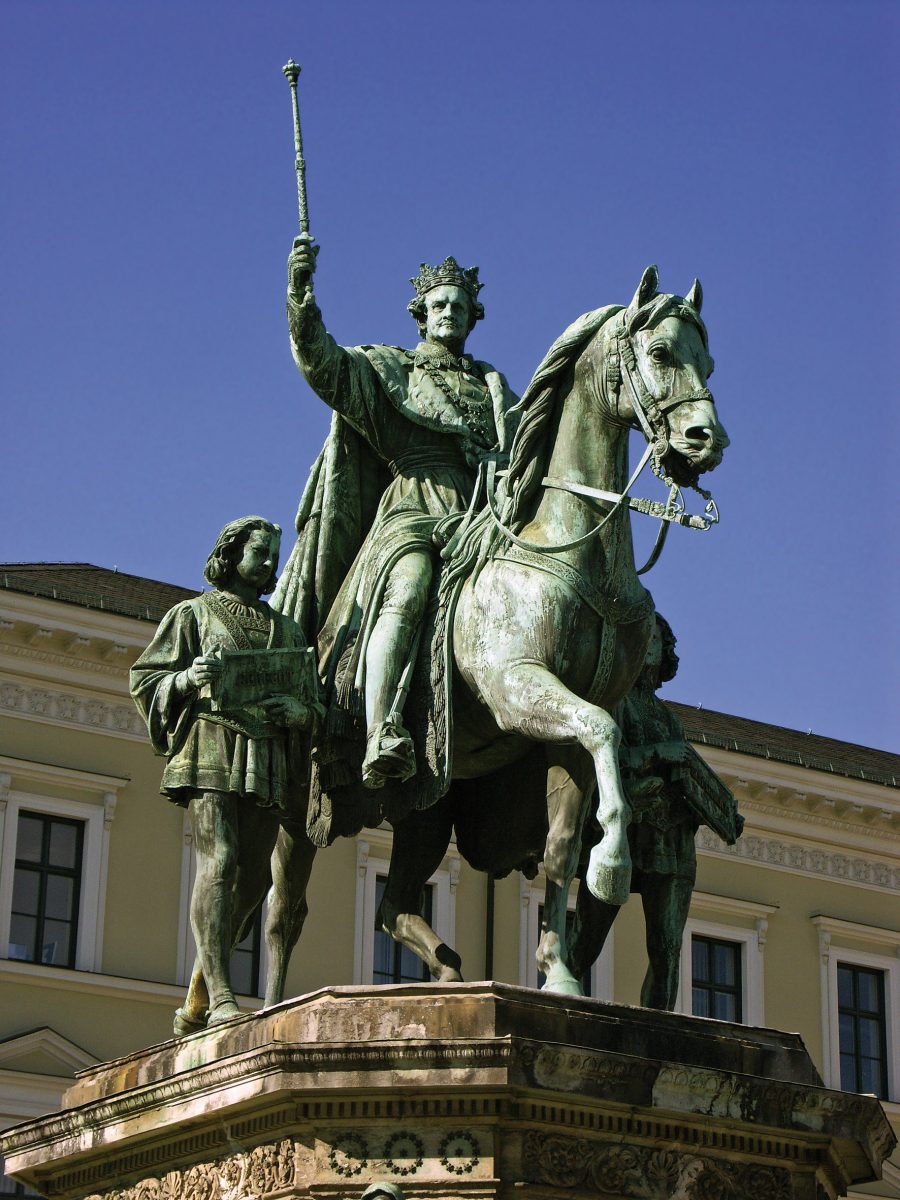

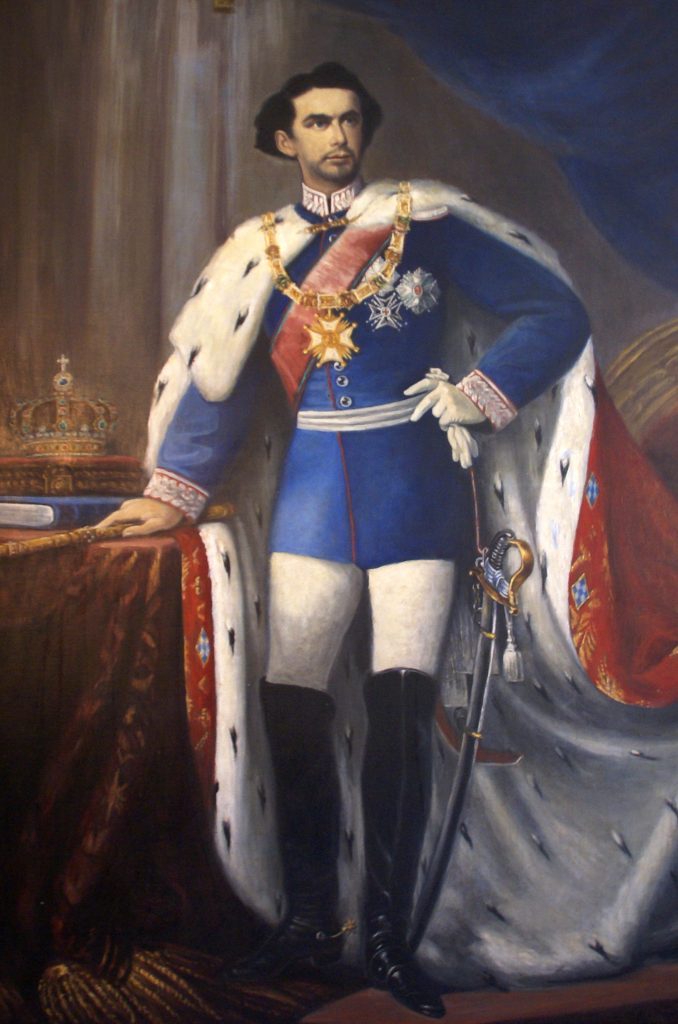
The Wittelsbach family ruled Bavaria, as dukes, then electors and finally kings for over 700 years, from 1180 to 1918. Among the most influential were Maximilian Josef I (1799-1825) who reigned over a period of peace during which he promoted learning, especially the arts and sciences, and who, when Bavaria became a kingdom in 1806, was its first king. Maximilian II (1848-64), who was also known for being (relatively!) enlightened, had Maximilianstrasse built, the imposing avenue which runs past the Residenz today. You can still see the impressive monument to himself which he had built and today this grand street is the place to find the fanciest fashion stores such as Gucci and Armani.
But it is two 19th century kings who are most remembered today. Ludwig I (1825-48) promoted high culture, building the Alte Pinakothek art gallery and invited poets, painters and philosophers to his court, saying his dream was to turn Munich into ‘an Athens on the River Isar.’ But he was beset by scandal, taking many mistresses and even creating a gallery at his summer palace in order to display their portraits. Eventually one mistress, the redoubtable Lola Montez, ruined his reputation completely and he had to abdicate. This scandal is a little further unpacked in the next episode.
Ludwig II (1864-86) was known variously as ‘the strange and handsome king’ and ‘the mad king’. He was flamboyant, spending fortunes on a number of fairy-tale castles in the Bavarian countryside. He had a taste for bejewelled boudoirs, an obsession with Wagner and a liking for riding through the snowy forests of Bavaria at midnight in horse-drawn sleighs. He had reclusive tendencies, becoming less and less keen to be seen in public and eventually he died in mysterious circumstances. How he came to drown in Lake Starnberg, just outside Munich, just into his forties, has never been satisfactorily explained, although we’ll be giving a little more detail in Episode 4
Listen to the POdcast
Reading suggestions
The Mad King A Biography of Ludwig II of Bavaria by Greg King
The Swan King, Ludwig II of Bavaria by Christopher McIntosh
Link for this post
Links for this post
Residenz
Previous episode Introduction to Munich
Next episode Schloss Nymphenburg






